Where Is the Line? Redefining the Boundaries of Fair Use of AI Tools in Education
Artificial Intelligence (AI) tools are becoming more and more popular in the education sector and provide innovative ways to improve learning experiences. From AI video enhancement for education to audio conversion, AI applications are fundamentally transforming traditional teaching methods. However, the integration of AI tools raises important issues regarding copyright compliance and fair use. This article examines the legal framework that regulates the use of AI in education and analyzes real cases involving teachers and students. In addition, we examine how tools like HitPaw VikPea can help improve educational content while complying with copyright laws.
Part 1: Legal Framework for Fair Use of AI Tools in Education
Fair Use is a principle in the United States Copyright Act that permits the limited use of copyright protection objects without the copyright owner's permission. In the context of teaching video restoration tools, educators are allowed to use copyright protection objects for educational, academic research or research purposes as fair use. Here are four factors to determine fair use:
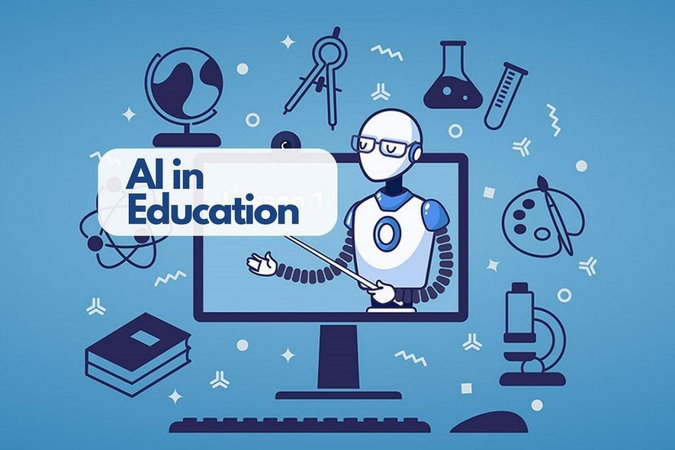
- Purpose and Character of Use: Non-profit educational purposes are likely to be recognized as fair use.
- Nature of the Copyrighted Work: The use of facts-based or non-fiction works takes precedence.
- Amount and Substantiality: Utilizing a small part of the work may work in favor of fair use.
- Effect on the Market: If the use does not adversely affect the market value of the original work, it may be considered fair use.
Scope of Copyright Exemption for Educational Institutions
Educational institutions are granted certain exemptions under the TEACH Act 2002. This law permits accredited non-profit institutions to transmit the performance and display of copyright protection works as part of their courses if certain conditions are met. Specifically, the following conditions are given:
- Use is directly related to course content.
- The submission must only be for students who are officially enrolled in the course.
- The agency has developed an educational copyright compliance poli
Definition and Boundaries of Non-commercial Educational Purposes
Non-commercial educational purposes refer to the use of AI tools in education without any commercial or monetary intent. In the context of AI tools, the use of technology to improve educational materials, conduct research, or promote learning means not to generate revenue. The important point is that it is necessary to comply with the principles of copyright law and fair use, even for non-profit use.
Interpretation of Recent Legal Cases and Policies
Recent court rulings emphasize the complexities involved in applying copyright law to artificial intelligence-generated works. For example, a lawsuit has been filed against AI companies like OpenAI and Meta over the use of copyrighted educational materials in their AI training data. These cases emphasize the need for clear guidelines on AI use in educational settings and ensure compliance with copyright laws.
Part 2: Compliance Analysis of Teacher and Student Use Cases in Educational Scenarios
Understanding how AI tools are used in real classrooms can help clarify what is acceptable and what is not. Consider how fair use applies in practice by looking at common cases related to teachers and students.
Scenario 1: Teachers Repairing Historical Footage Using AI Video Enhancer for Teaching
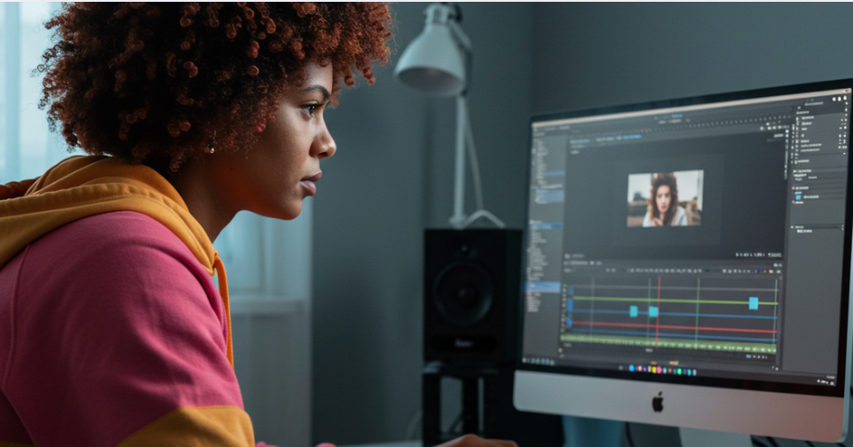
Scenario description: A history teacher uses AI video enhancement for education tool to repair and improve the quality of old documentary footage for classroom use.
Specific Analysis: Teachers' use of AI to enhance historical footage falls under the use of non-profit educational purposes like educational video quality improvement. However, if the repaired video is distributed outside the classroom or used in competition with the original work, it may exceed the fair use boundary.
Examples of Use Beyond Fair Use:
- Open to the public without permission.
- Use in commercial contexts such as sales and paid online courses.
Scenario 2: Students Converting Audio File Format Using AI Video Converter for Homework
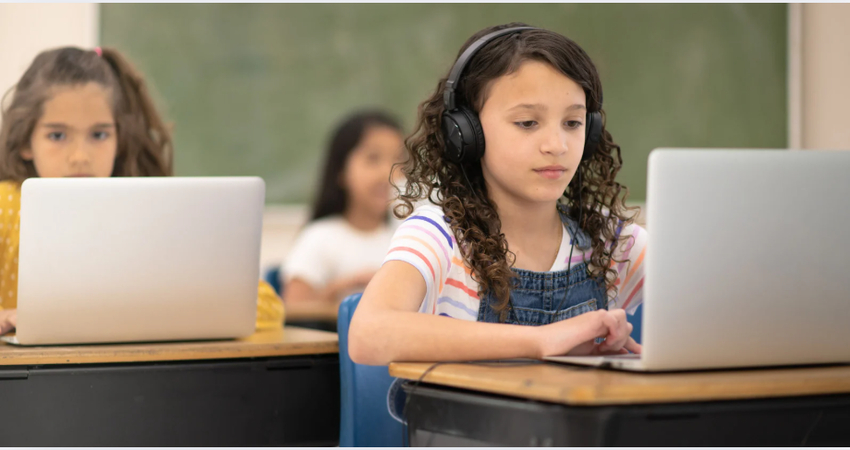
Scenario Description: A student uses an AI video converter to change the format of an audio file for a class assignment.
Specific Analysis: Converting audio files for personal use to complete assignments is generally considered fair use. However, distributing files to others or using them for commercial purposes is likely to infringe the rights of the original creator.
Examples of Use Beyond Fair Use:
- Share files to classmates or the public without permission.
- Use files for commercial projects and profit purposes.
Part 3: Distinguishing Between Non-commercial Educational Purposes and Exceeding Fair Use Boundaries
When using AI tools for educational purposes, consider the following points when determining whether they are within fair use:
- Purpose of Use: Make sure that the use is for educational and non-commercial purposes.
- Amount Used: Use only the necessary parts to achieve educational purposes.
- Market Impact: Use does not adversely affect the market value of the original work.
Legal Risks of Batch Downloading Protected Content
Batch downloads of copyrighted content without permission can pose serious legal risks, including piracy lawsuits. Institutions must develop policies to prevent unauthorized downloading and ensure compliance with copyright laws.
Compliance Considerations for Using AI-enhanced Content in Paid Courses
Using AI-enhanced content in paid courses involves additional complexity. If the enhanced content is derived from a copyright protected work, using it in a paid course without proper permission may infringe the original creator's rights. It is essential to obtain the necessary permissions and licenses before incorporating such content into paid educational materials.
Practice guide to avoid copyright infringement
To avoid copyright infringement when using AI tools in education:
- Use AI tools in compliance with copyright laws.
- Obtain necessary permits and licenses for copyrighted materials.
- Use copyright protected materials to the minimum extent necessary for educational purposes.
- Do not distribute or use enhanced content in competition with the original work.
Part 4: Choose the Right AI Tool for Educational Video Enhancement-HitPaw VikPea
HitPaw VikPea is an AI video enhancement for education tool that improves video quality. It provides features such as video repair, noise reduction, resolution improvement, and is a valuable resource for educators to enhance teaching materials. HitPaw VikPea provides educators and students with video quality improvement tools in compliance with copyright laws. With a user-friendly interface and compliance with fair use principles, video enhancement for teaching it is an ideal choice for educational purposes.
Key Features of HitPaw VikPea
- AI Video Repair and Enhancement for Educational Content: Restore and enhance the quality of lecture recordings, online tutorials, and classroom videos to ensure clear and effective learning materials.
- 4K/8K Video Resolution Upgrade: Improve the clarity and detail of educational videos, making diagrams, text, and visual aids easier to see and understand.
- Noise Reduction and Deinterlacing for Clear Lessons: Remove background noise and video artifacts from recorded lessons to provide students with distraction-free viewing experiences.
- Video Blur Clarification to Improve Focus: Sharpen blurry instructional videos so that important details and visuals are more discernible for learners.
- Specialized AI Models for Various Educational Formats: Utilize tailored AI models optimized for different types of educational videos, such as animated explanations, recorded lectures, and interview-style discussions.
How to Use HitPaw VikPea to Enhance Educational Videos Step by Step
Step 1:Go to the official HitPaw VikPea website or click the download button to install the software.
Step 2:Open the software and import your video by clicking "Choose File" or dragging and dropping it. HitPaw VikPea supports over 30 formats, including MP4, AVI, MOV, and MKV.

Compliance Tip: Ensure you have the rights or permission to enhance or modify copyrighted content. Unauthorized editing of protected videos may violate intellectual property laws.
Step 3:Select an AI model to enhance your video. Options include noise reduction, detail recovery, face enhancement, video repair, animation enhancement, color correction, frame interpolation, and stabilization.

Step 4:Click "Preview" to process the video. Once satisfied, click "Export" to save the enhanced version. For batch processing, use the "Import" button to apply the same model to multiple videos.

Risk Warning:
HitPaw VikPea is designed with educational applications in mind. When used for non-commercial purposes (e.g. improving old learning videos or clarifying class content), it is within fair use. Always ensure that the original content to be improved is legally available in classrooms and institutions.
Frequently Asked Questions
Q1. Is it legal for teachers to use AI tools like video enhancers in classrooms?
A1. Yes, it is legal for non-commercial purposes and related to education. For example, it is within fair use that teachers improve the recording of old documentaries and classes, making it easier for students to understand.
Q2. Can students use AI to convert audio files for assignments?
A2. Yes, conversion to facilitate access and submission of audio files (e.g. OPUS to MP3 conversion) is a valid educational use. However, if a student starts sharing or selling those files online, it will be a problem.
Q3. What is the misuse of AI in the context of education?
A3.
Misuse includes:
These actions are beyond fair use and can lead to copyright infringement.
Conclusion
AI tools are becoming a common tool in modern education. Helps make learning more accessible, visual and attractive. However, as its use grows, there is an increasing need to be aware of copyright rules and legal boundaries. HitPaw VikPea is a reliable option to safely improve video content used in schools and universities. It provides useful features such as video repair, noise reduction, quality improvement, and can make a big difference in classrooms and online courses. Most importantly, when used properly, it complies with fair use laws and allows teachers and students to benefit from technology without legal risks.




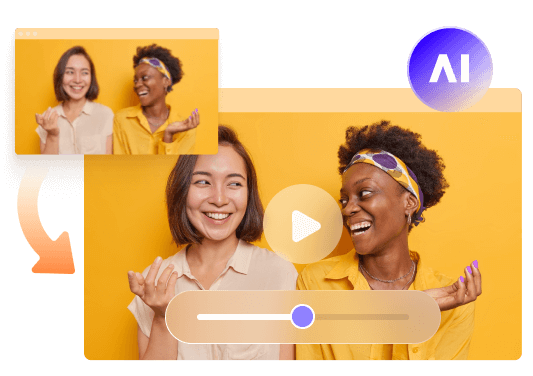




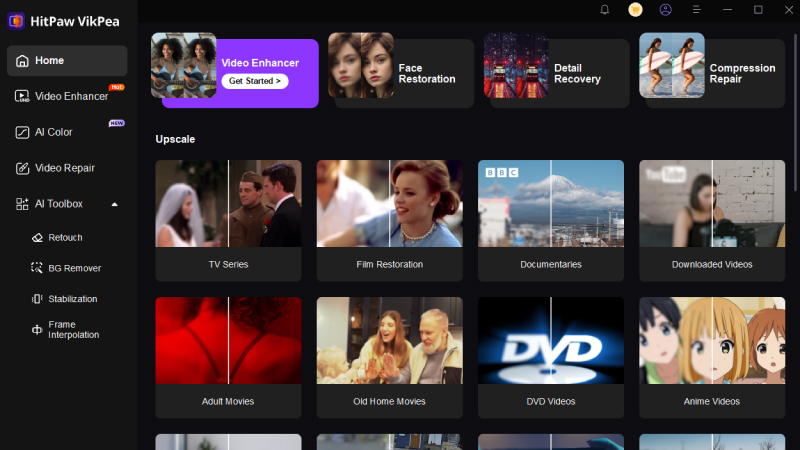
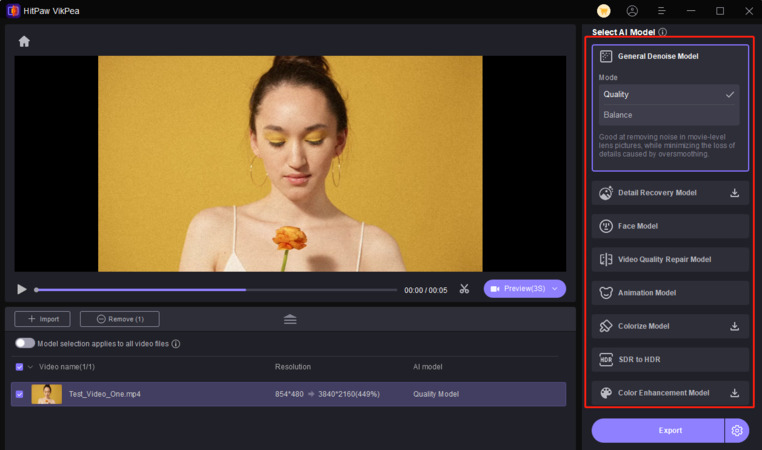
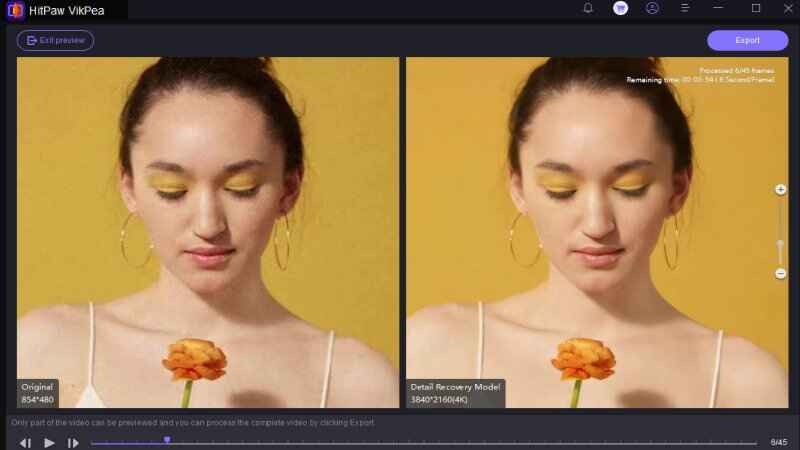
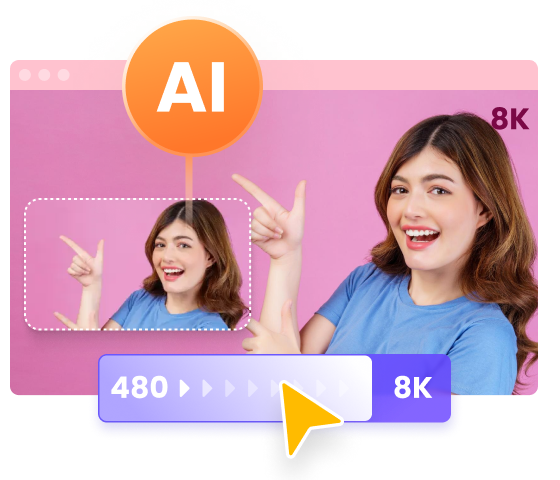
 HitPaw Univd (Video Converter)
HitPaw Univd (Video Converter)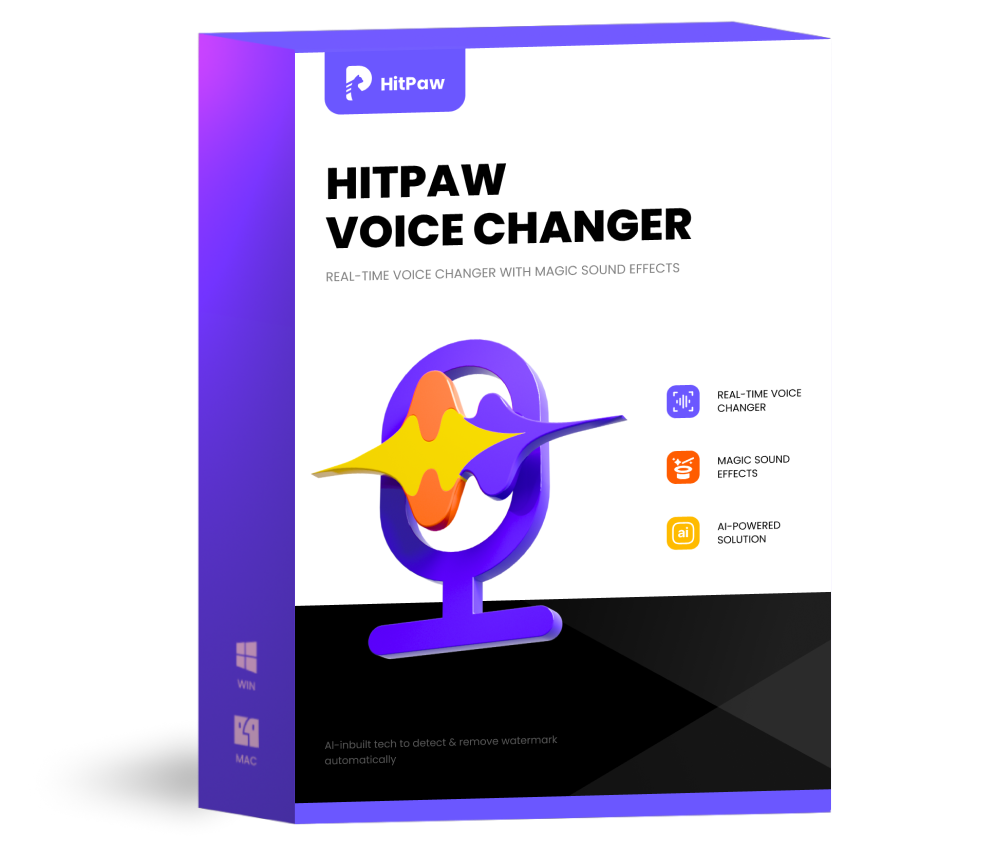 HitPaw VoicePea
HitPaw VoicePea 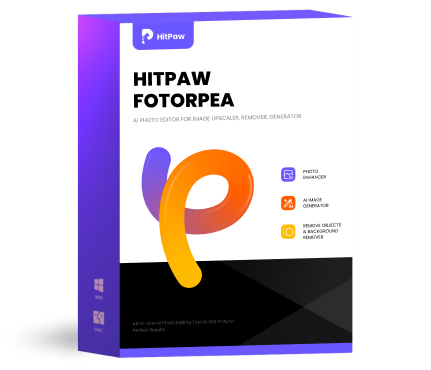 HitPaw FotorPea
HitPaw FotorPea
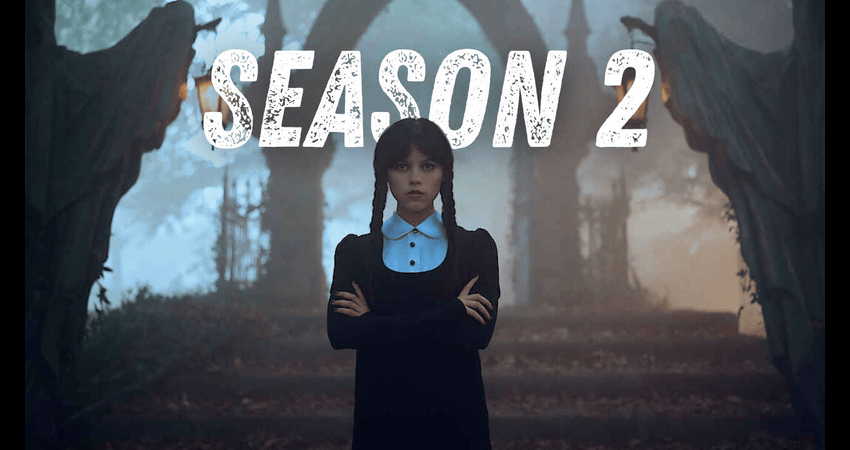


Share this article:
Select the product rating:
Daniel Walker
Editor-in-Chief
This post was written by Editor Daniel Walker whose passion lies in bridging the gap between cutting-edge technology and everyday creativity. The content he created inspires the audience to embrace digital tools confidently.
View all ArticlesLeave a Comment
Create your review for HitPaw articles